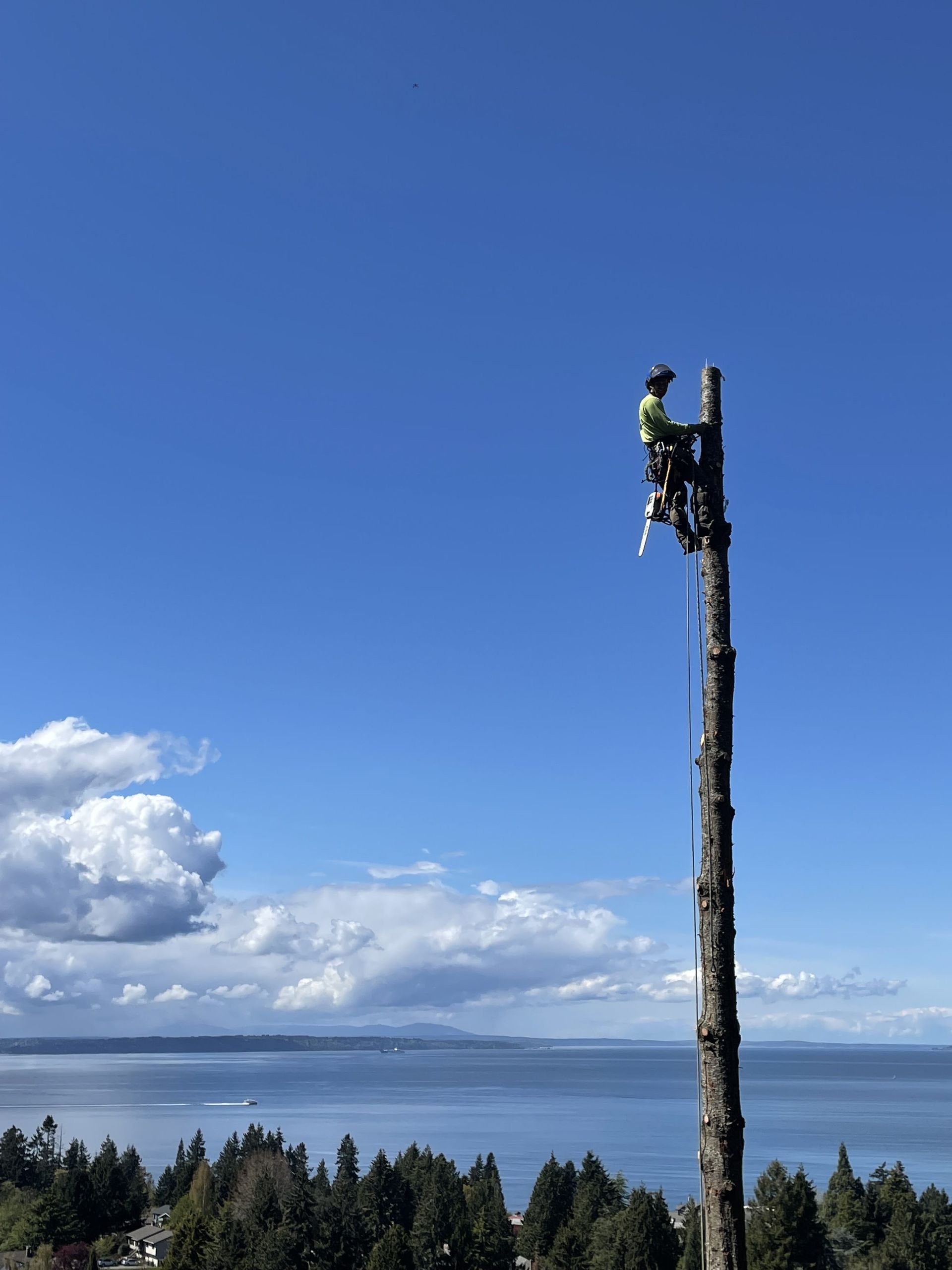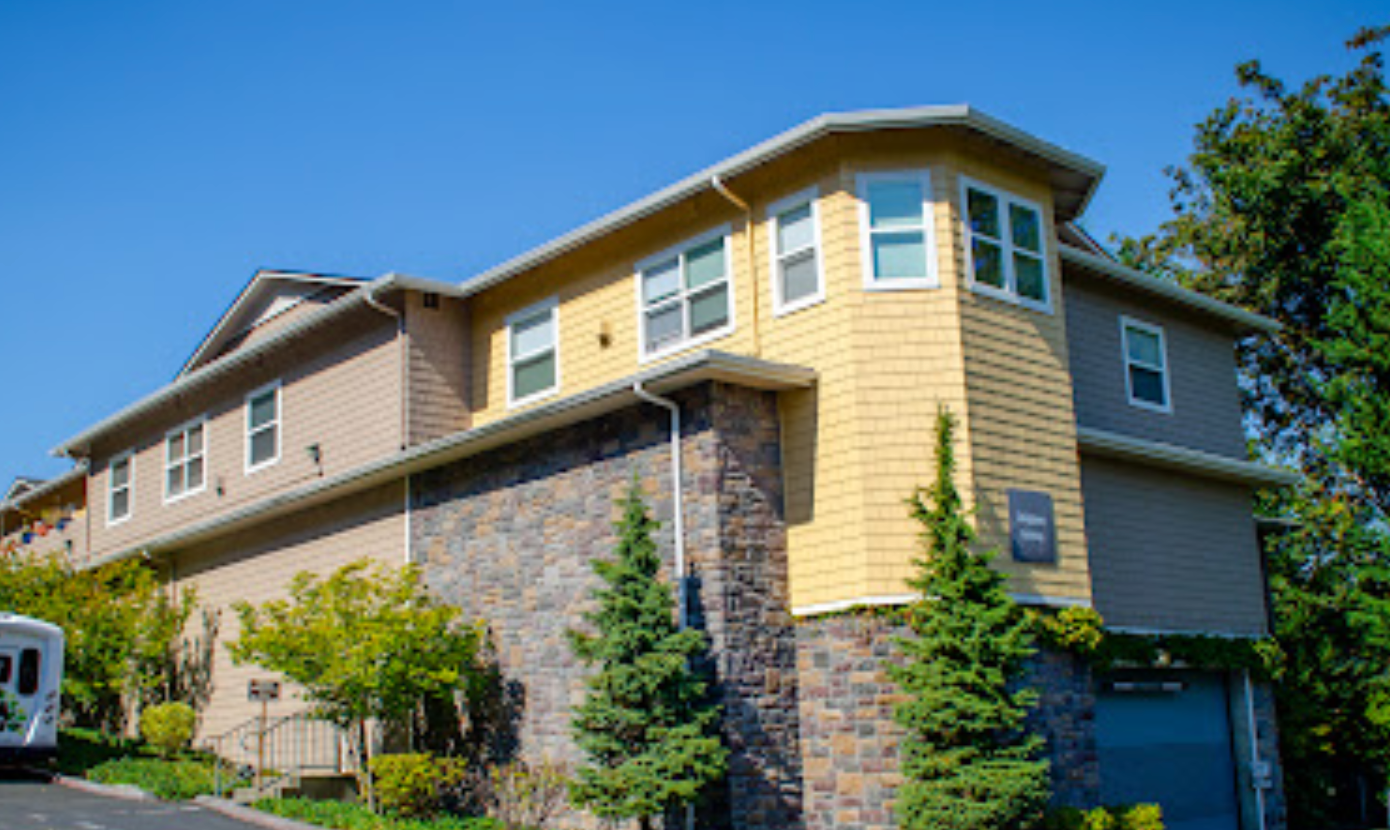Pruning and Watering your Trees
How do I prune my shrubs?
Long-term Growth – Prune bushier shrubs by removing weak or spindly growth in the center of plants and on edges so that more energy is diverted toward upright growth at the ends where it's needed most. This encourages your ornamental plants to grow tall rather than wider, making for better interior light levels throughout summer, providing fewer shadows and shadier evening picnic spots, all while keeping plants from becoming too top-heavy!
Shrub Form – Use tip pruning during late winter or early spring before flowering begins. Cut back about 1/3 of new shoots using sharp hedge shears because they are easier to control than pruning shears. Then remove any old growth down to the ground level to prepare for new shoots that will be full of nutrients and draw energy from branches closer to the trunk.
Using compost mulch is a great idea, especially if you're growing food or ornamental plants, because it will extend your season by helping keep soil moist longer, which reduces stress on plants. However, be sure not to pile mulch too thickly because worm beds need air circulation, and so do tree roots!
How do I know when to prune my trees?
Orchard Pruning – Trees can be trained into many different shaped forms such as ovals, pyramids, fans, or snakeskin patterns depending on what's most important; windbreaks, light penetration, or shape. All normal pruning for trees is done in wintertime after the tree has lost its leaves because you can see more clearly what to cut back and how far.
Standardized fruit tree forms are usually created by cutting young trees into a modified cone shape. Still, they can also be pruned when older into tall narrow pyramids depending on sunlight needs, the amount of fruit being grown, and personal taste. The best way to get started with this is to ask local farmers about their own practices so that you don't train a tree against itself, like forcing it to grow long branches against the direction of sun movement to increase light penetration through dense canopy areas.
How do I know if my trees need watering?
Watering Needs – If you're unsure whether your trees are getting enough water, take a stick and press it into the ground. If it goes in easily, then there is adequate moisture. To test soil further, remove the stick and bring it to your nose. If it smells like dirt, then it's moist, but if you smell anything else or nothing at all, then you should start watering more deeply, especially if any of the tree's leaves appear shriveled or burnt looking.
Conditioning – When new growth sprouts from dormant buds in spring, they are full of potential energy, which will be expended on growing shoots rather than fruit until these young branches pass through their initial training period; so pruning now during dormancy is important for whichever form you choose otherwise you may find that your tree will choose it entirely for you!
How do I pick the right tree to plant in my yard?
Size – Consider what purpose you want a new tree to serve. If it's shade and fruit, then get an apple or pear. If it's wind breakage, opt for a conifer, evergreen, or oak type, but if it's just decoration, then firs and other pine types will work fine.
Another thing to consider is whether an existing tree needs replacing because many of them are planted when they're too young; over-watered, undernourished, need pruning or have been hit by lightning during stormy weather, which causes scarring that weakens limbs. When choosing a seedling from a nursery, choose one that appears strong and healthy with a straight stem, pointing upwards, no bent or broken branches, and evenly spaced leaves around the entire perimeter of the canopy.
Root Growth – Planting semi-ripe tree seedlings that are just beginning to harden off into soil is different from planting fully mature trees. It deals with new root development, which can be done in summer once optimum growth conditions have been met. Digging below an existing tree's drip line in early spring will expose any large roots that can then be gently cut back to reduce competition for nutrients between your tree and newly replanted ones. This will also help to open up trenches easier during replanting, so keep this in mind if you're planning on moving a mature tree somewhere else on your property. Everett Tree Service is here if you need any assistance.


